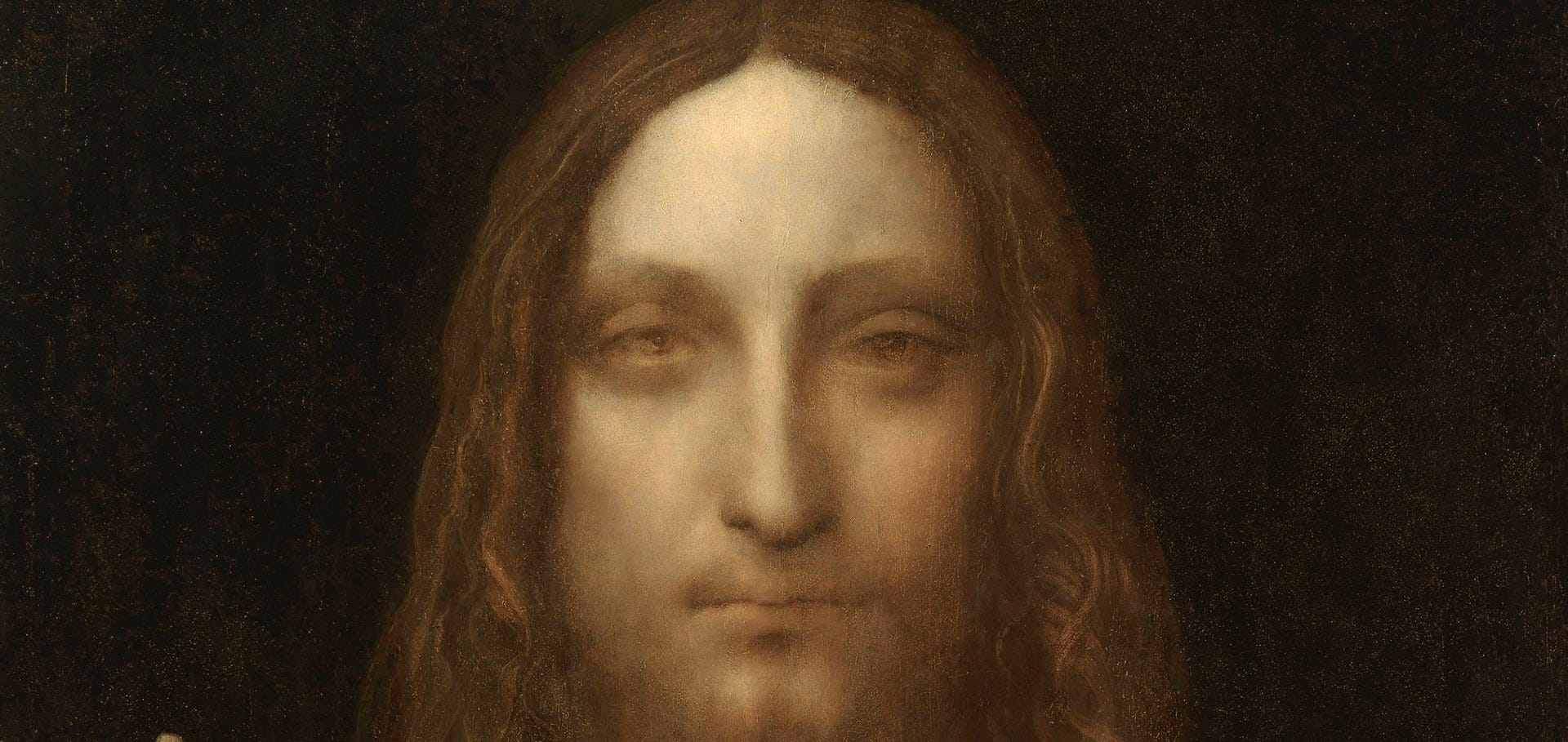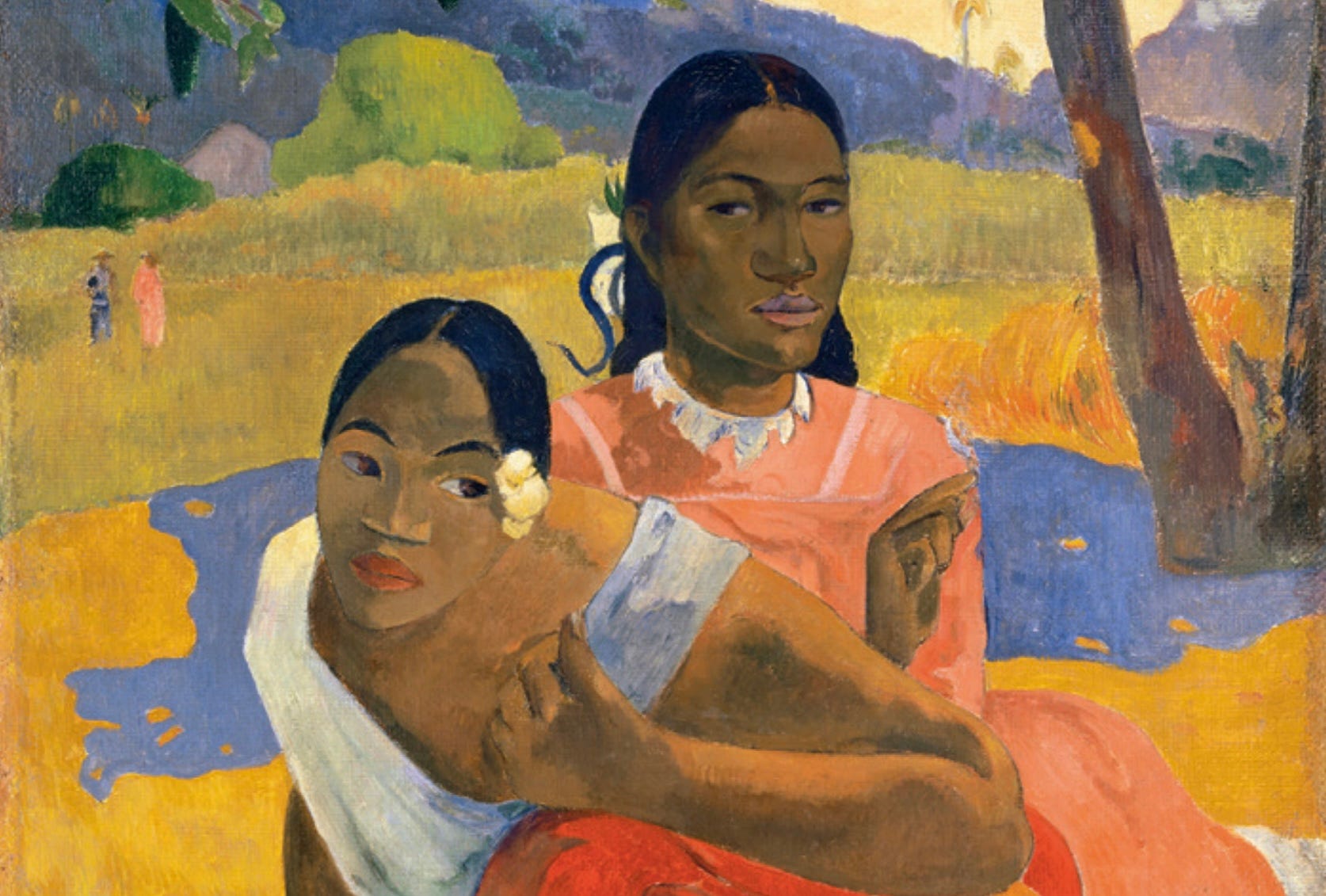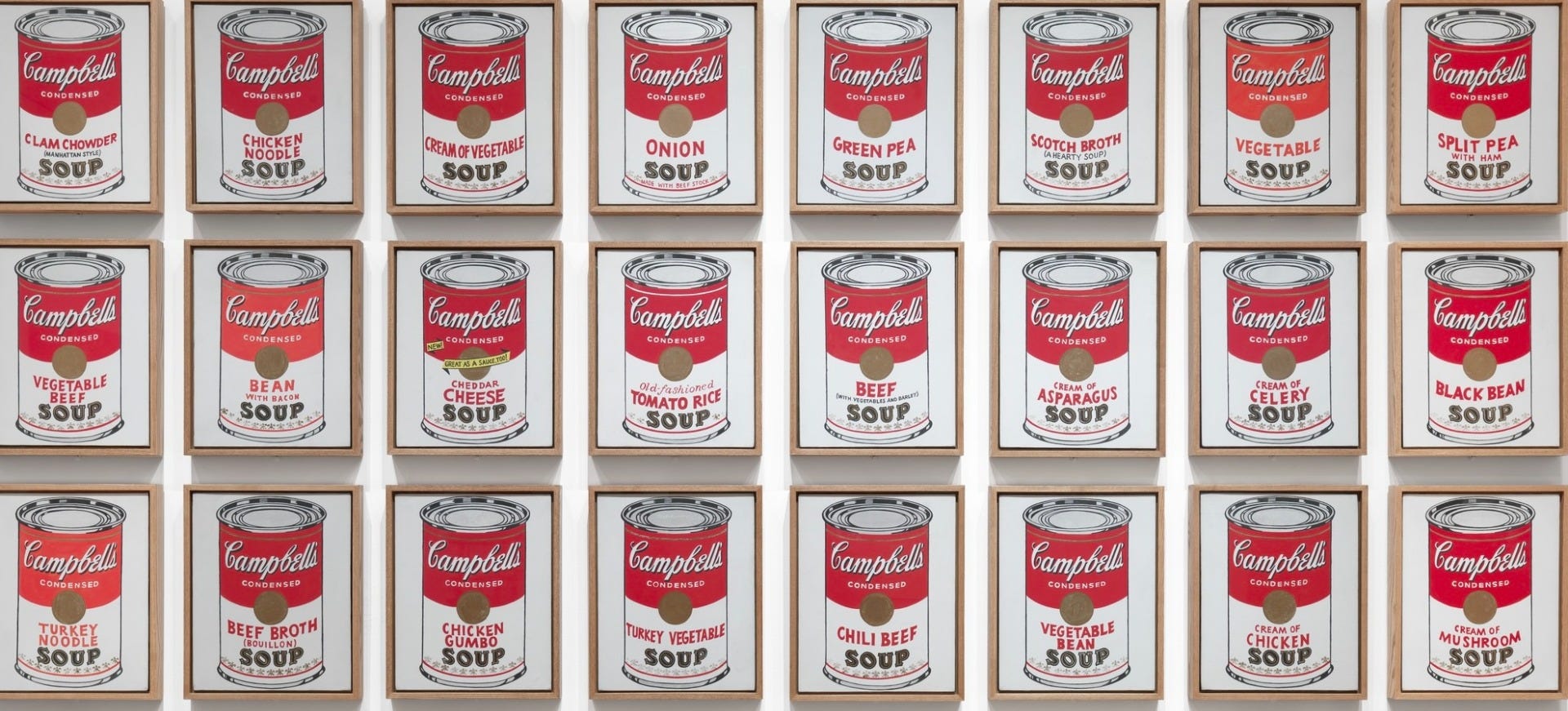René Magritte and Surrealism: Dreams, Symbolism, and Artistry
- Nov 7, 2023

Image: René Magritte - Golconda, 1953 © ADAGP
René Magritte was a pioneering figure in the surrealism movement of the early 1960s. The enigmatic Belgian artist used repetition and surrealism to depict everyday life with a morbid twist of primitivism. Magritte’s bold and illustrative work, influenced by his supplementary career in advertising, captivates viewers with its kittenish and mysterious nature. His images are always clear yet leave viewers wondering about the deeper meaning behind them.
Surrealism: The Movement
To fully understand Magritte’s intriguing style, we must look back to the origins of surrealism in the late 1910s and early 1920s. Surrealism began as a literary movement that experimented with automatism, aiming to release the unbridled imagination of the subconscious. Surrealists believed that the rational mind repressed the imagination’s power, and they sought to channel the unconscious. Influenced by Karl Marx’s ideology, they aimed to reveal everyday world contradictions and inspire revolution.
Sigmund Freud’s theories also profoundly influenced surrealists, including Magritte. Freud’s emphasis on dreams and the unconscious as revelations of human emotions and desires is evident in the works of Salvador Dalí and Magritte.
René Magritte’s Life
Born in Lessines, Belgium, on November 21, 1898, Magritte’s early life was marked by tragedy. His mother, emotionally unstable, committed suicide in 1912. This traumatic event, where her dress covered her head, is believed to have influenced Magritte’s recurring motif of obscured faces in his paintings.
Magritte’s interest in art began in school, where he took drawing and painting classes. He mingled with avant-garde artists and shared a studio with abstract artist Pierre Flouquet. Initially unsuccessful, Magritte moved to Paris in 1927 to immerse himself in the surrealist circles but returned to Brussels in 1930 due to financial struggles. By then, he had begun creating his most famous series of paintings.
René Magritte’s Art
Magritte was fascinated by the interplay of textual and visual signs. In works like “The Treachery of Images” (1929), he combined words and images to provoke thought. The painting features a pipe with the inscription “Ceci n’est pas une pipe” (“This is not a pipe”), challenging viewers’ perceptions of reality and representation.
Magritte’s art often embodies a spirit of rational inquiry and wonder at linguistic misunderstandings. Heavily influenced by Freud’s psychoanalysis, Magritte used repetition as a sign of trauma and cultivated an approach that avoided modern painting’s stylistic distractions. His commercial art background also contributed to questioning the modernist belief in originality.
René Magritte’s Role in Surrealism
Magritte’s unique approach to surrealism, characterized by repetition and idiosyncratic techniques, distinguished him from other surrealists. His use of obscured faces may stem from his existential trauma or Freud’s psychoanalytic influence. Magritte’s intellectual and enigmatic nature played a significant role in the surrealism movement, emphasizing personal imagination’s power and finding revelations in everyday life.
Impact, Legacy, and Upcoming Exhibitions
René Magritte’s influence on contemporary art is profound and enduring. His ability to blend ordinary objects with extraordinary elements has inspired countless artists, filmmakers, and writers. Magritte’s legacy lives on through his innovative techniques and the intriguing mysteries his work presents.
In 2024, an exciting new exhibition titled “René Magritte: The Revealing Image” will celebrate Magritte’s work. The exhibition will take place at the Museum of Fine Arts in Brussels from April to August, and then it will travel to the Centre Pompidou in Paris from September to January 2025. This exhibition will showcase Magritte’s impact on the surrealism movement and his ongoing influence on modern art. The exhibition will feature rare pieces, including some of his early works, and provide fresh insights into Magritte’s creative process. This event is a testament to Magritte’s lasting significance in the art world and his ability to captivate new generations of art lovers.
Magritte’s Art Today
Today, René Magritte’s art continues to captivate audiences worldwide. His works are featured in major museums and exhibitions, reflecting his enduring legacy. Art historians and enthusiasts alike remain fascinated by his ability to challenge perceptions and provoke thought through his unique blend of surrealism and symbolism.
Magritte’s influence extends beyond the art world, impacting popular culture, advertising, and even contemporary fashion. His distinctive style and imaginative approach continue to inspire new generations of artists, ensuring that his legacy remains vibrant and relevant.
Discover more about René Magritte and the surrealism movement on Musart.com, where art history comes alive.











